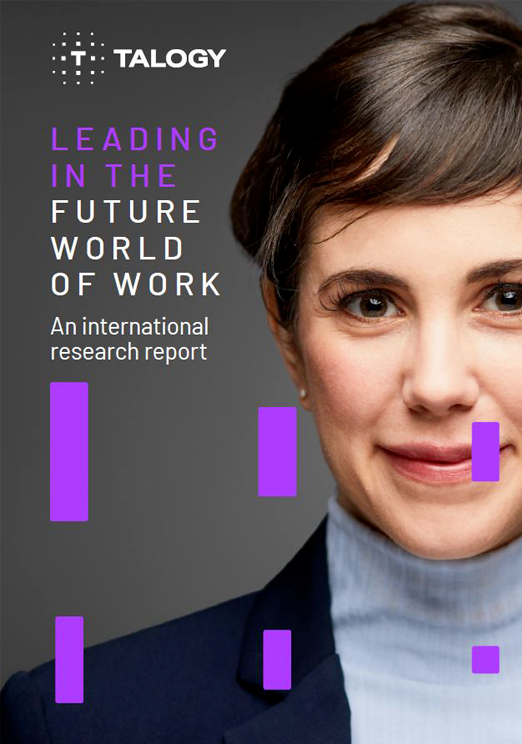As you grew up, you were taught that math, science and reading were the core competencies that everyone should know to be successful in life. In business, it doesn’t work quite like that. In a business context, core competencies are defined as the advantages or capabilities of an organization that distinguishes them from their competition. These competencies should be a part of a large framework that companies use in order to define who they are, both internally and externally. They should be defined in a way that helps drive key decisions internally and build customer perceptions externally.
Think in terms of focusing on new products, building your workforce, what a competitive advantage looks like and how to create new markets or exist in high growth markets. The problem is companies are clinging to a mindset where they must brush off their book of core competencies and start over each year. They go out and spend thousands of dollars on consultants who come in and recite the same framework and ideology as everyone else, which undoubtedly sparks that a-ha moment. That moment turns into a year-long action plan that ends up getting scrapped halfway through Q3, only to start again when January rolls back around.
But why?
Core competencies should be built in a way that shifts over time and tells the story of how a company takes a product and evolves with changing times.
Let’s dive in and discover a few core competency myths that your company should ditch this year!
Myth #1
One of the biggest myths when it comes to core competencies within an organization is that it’s a list of predefined characteristics. While there are common themes, each company has their own set of values and purposes which ultimately decides what matters most.
Myth #2
Another myth that ties into a company and their strategic goals are that many companies believe execution achieves strategic alignment. This is generally when a company focuses on what’s accomplished without understanding how it fits into the bigger picture. When companies hit critical mass and grow to a point where departments exist within departments, a company’s values get muddled with competing initiatives. While it’s not necessarily a bad thing, it’s important to understand that the entire company is on the same page and every employee is working to achieve the main competencies of the company.
Myth #3
Which leads us into our third myth, the idea that top-bottom management is always the most effective management style. More and more companies are starting to shift their focus on practicing bottom-up leadership styles which are more of a collaborative work environment. Up until this past year, companies would decree from the boardroom and hope that it’s carried out through the various levels of management and ultimately passed onto the worker bee who focuses on the execution of tasks over the development of associations and business metrics. Bottom-up leadership allows those who are closest to the execution the ability to provide insights that might not be known to the ones building the strategy. Don’t be fooled by decades-old traditions of standard business hierarchies by falling for the top-bottom management style.
Myth #4
Our last myth that you should ditch this year is the idea that your company needs to have a long list of core competencies in order to be successful. Not only will a long list get lost in the shuffle and divide your attention, but it’ll muddle what core competencies are meant to be — the competencies aligned with the core company values crucial to creating the culture you need. The fewer the competencies, the easier it is to apply them throughout the organization.
Don’t overthink the process and focus on areas where you can deliver the best value. By doing so, you’ll be able to retain a competitive advantage in your industry and leverage your strengths instead of your weaknesses.
Core competencies require a considerable amount of time and a number of resource commitments to implement effectively but can provide success in improving talent management.
Take control of your company and reduce the risk of bad hiring decisions with Caliper’s Essentials Competency Reports.

